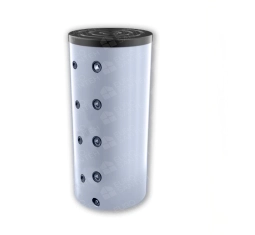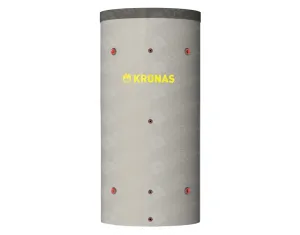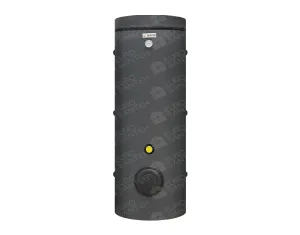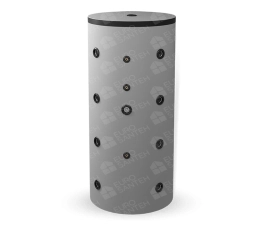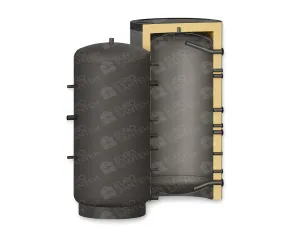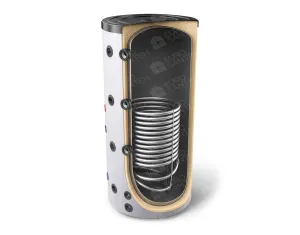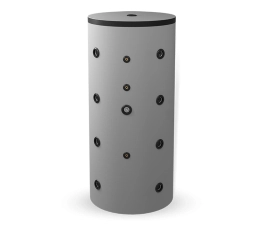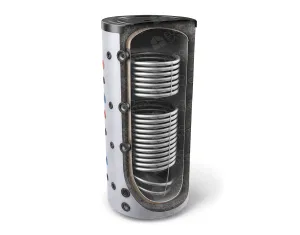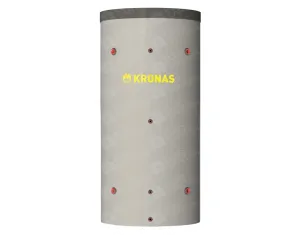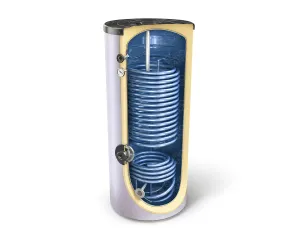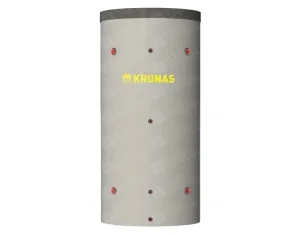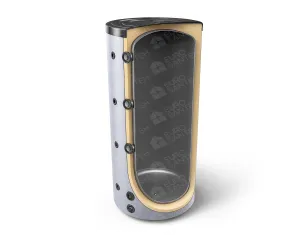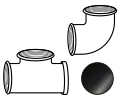Buffer tank, storage tanker
Buffer tanks, also known as storage tanks or storage vessels, play a crucial role in enhancing the efficiency and stability of fluid systems. Whether used in heating systems, industrial processes, or renewable energy setups, buffer tanks provide a reservoir that helps manage fluctuations, ensuring a reliable and optimized operation. In this comprehensive guide, we'll explore the functions, types, and applications of buffer tanks to help you understand their significance in various fluid-based systems.
Functions of Buffer Tanks:
1. Thermal Storage: Buffer tanks serve as thermal storage units in heating systems. They store excess thermal energy generated by boilers, heat pumps, or solar collectors during periods of low demand, releasing it when needed to maintain a consistent temperature.
2. Pressure Stabilization: In fluid systems, buffer tanks help stabilize pressure by absorbing and compensating for sudden changes or fluctuations. This is particularly crucial in applications where pressure consistency is vital for optimal performance.
3. System Optimization: Buffer tanks contribute to the optimization of fluid systems by preventing short cycling of pumps and minimizing the on/off cycling of heating devices. This leads to energy savings and extends the lifespan of system components.
Types of Buffer Tanks:
1. Diaphragm Tanks: Diaphragm buffer tanks use a flexible diaphragm to separate the water from the air. This design prevents waterlogging and ensures efficient pressure maintenance.
2. Expansion Tanks: Expansion buffer tanks have a similar function to diaphragm tanks but operate with a bladder or piston. They accommodate the expansion of water as it heats, preventing pressure spikes.
3. Stratified Tanks: Stratified buffer tanks are designed for systems with varying temperature demands. They maintain different temperature layers within the tank, allowing selective withdrawal of water at different temperatures.
Applications of Buffer Tanks:
1. Heating Systems: Buffer tanks are commonly used in hydronic heating systems to store and distribute thermal energy. They enhance the overall efficiency of the system by preventing frequent cycling of boilers.
2. Renewable Energy Systems: Solar thermal systems and heat pumps benefit from buffer tanks by storing excess energy produced during sunny or low-demand periods. This stored energy can then be utilized during periods of increased demand.
3. Industrial Processes: In industrial applications, buffer tanks play a role in ensuring a stable and consistent fluid flow. They are employed in various processes, including manufacturing, chemical production, and more.
Selection Considerations:
1. Capacity: The size of the buffer tank should align with the specific requirements of the fluid system, considering factors such as demand, flow rates, and thermal load.
2. Material Construction: Buffer tanks are typically constructed from materials such as stainless steel or carbon steel. The choice depends on compatibility with the fluid and the required durability.
3. Insulation: Insulated buffer tanks help minimize heat loss, ensuring that stored energy is effectively retained. Proper insulation is crucial, especially in applications where temperature maintenance is vital.
Integration and Maintenance:
1. Professional Installation: Integrating a buffer tank into a fluid system requires professional expertise to ensure proper sizing, connection, and overall compatibility.
2. Regular Inspection: Routine inspections, including checking for leaks, verifying pressure levels, and assessing insulation integrity, are essential for maintaining the optimal performance of buffer tanks.
3. System Compatibility: When considering a buffer tank for a specific application, compatibility with the existing fluid system, pumps, and controls should be thoroughly assessed.
Conclusion:
Buffer tanks stand as valuable components in fluid systems, providing stability, efficiency, and enhanced performance. Whether employed in heating systems, renewable energy setups, or industrial processes, these tanks contribute significantly to the seamless operation of fluid-based applications. Understanding the functions, types, and considerations for buffer tanks empowers users to make informed decisions, ensuring the longevity and effectiveness of their fluid systems.
